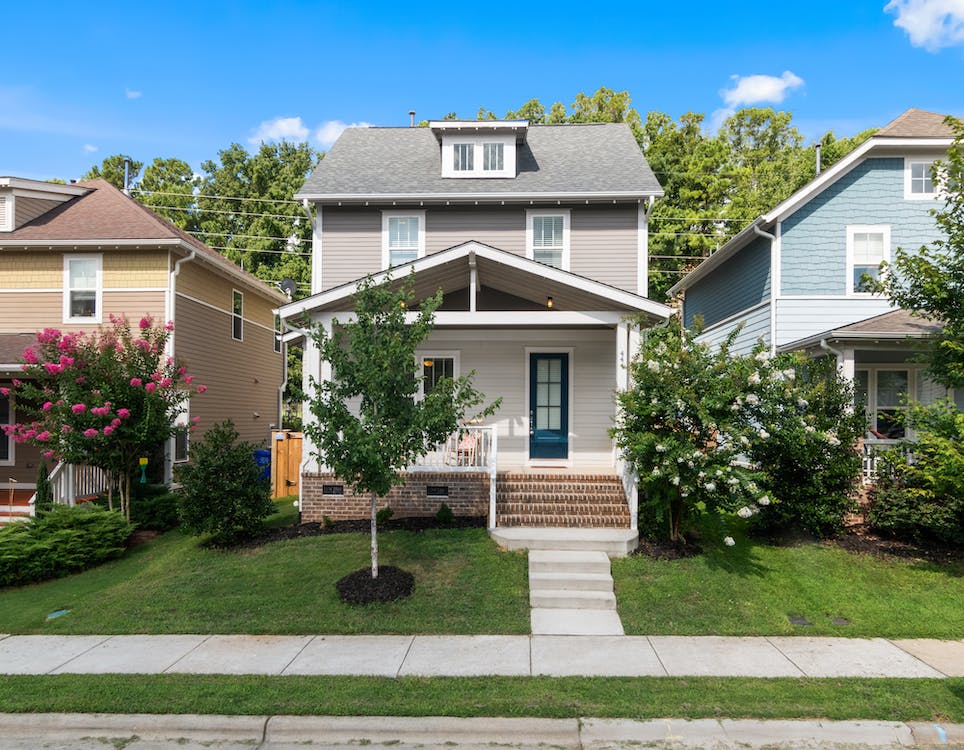
An Uptick in Foreclosures: Analyst Insights on its Implications for the Housing Market
The recent surge in foreclosure rates across the United States has caught the attention of many individuals observing the housing market. According to ATTOM’s U.S. Foreclosure Market Report, there were 35,196 American properties with foreclosure filings in May, a significant increase compared to previous months and even the previous year.
Foreclosure rates are often associated with economic downturns, and this recent rise may raise concerns about a potential recession. Analysts are carefully examining the data to glean insights into future real estate trends. However, it is crucial to consider the factors that have contributed to this situation, including the impact of COVID-19.
The lifting of COVID-19 related moratoriums on mortgage payments has played a significant role in unclogging the pipeline of distressed properties. Those who participated in payment deferment programs now find themselves facing homes with stabilized prices while being financially underwater.
Another contributing factor is the escalation of home prices, which has pushed marginal buyers to their qualification limits. Any change in household income can have catastrophic consequences in the current market where prices remain high and may decrease further. These developments foreshadow potential challenges ahead.
In addition, new constructions continue to flood the market, increasing inventory while demand wanes due to higher interest rates. This combination further exacerbates the situation, potentially leading to a rise in distressed properties entering the market. Consequently, this could create a buyer’s market, presenting opportunities for real estate investors or homebuyers looking for favorable deals.
The current market conditions warrant careful observation and analysis. As foreclosure rates rise, it is crucial for both investors and individuals interested in owning a home to remain vigilant and seize potential opportunities for real estate investment or homeownership.
“We are currently witnessing homeowners who are hesitant to give up their existing low interest rates, fearing that the replacement rates would be nearly double,” explained Conti, a broker-owner at Peacock Premier Properties. “If these sellers were to list their homes, it would alleviate our inventory constraints even further.”
In certain areas, the cost of housing appears to be stagnant, although that is subject to change.
“With an increase in available properties, there is a possibility of less intense competition within the housing market,” noted Nate Johnson, an investment and property management expert at NeighborWho. “This could lead to a stabilization of home prices, making them more affordable for buyers who have been priced out of the market recently.”
“Keen investors may find an opportunity to acquire foreclosed properties at discounted rates,” Johnson added. “They can focus on renovations and improvements to boost property values, or convert them into rentals to tap into the shifting rental market.”
“It’s crucial to understand that having equity in a property doesn’t automatically mean one can afford the associated costs,” cautioned Conti. “Escalating insurance and tax expenses can easily exceed one’s budget.”
Therefore, for Americans who cannot afford a down payment or the expenses tied to homeownership, renting becomes a fallback solution. This scenario presents a potential opportunity for property owners to generate additional income from their real estate investments by participating in the rental market.
“As more properties become available, we may witness a surge in the number of renters,” Johnson highlighted. “Former homeowners who have experienced foreclosure may turn to renting as a more affordable housing option, which could result in an expansion of the rental market.”
However, experts suggest that we have yet to witness the full impact of the situation.
“I foresee foreclosure rates continuing to rise,” predicted Conti. “The clients I work with are already preparing their loss mitigation departments for what lies ahead in our market.”
“Despite the surge in foreclosures, it may not be as dire as it seems. We are simply returning to a more normalized level of foreclosure filings,” explained Brian Wittman, owner/CEO at SILT Real Estate and Investments.
According to ATTOM, there were around 150,000 foreclosure filings in Q1 of 2019,” stated Wittman. “As of Q1 2023, there are still approximately 100,000 filings, representing a year-over-year increase of about 10%. However, it seems that this issue may not be as severe as some perceive it to be.
So, what would be a significant warning sign?
“If we were to witness a sudden spike of 50% in foreclosures, resulting in approximately 150,000 filings in a single quarter, it would be cause for concern and demand greater attention,” warned Wittman.
“While we do not anticipate a repeat of the 2008 downturn, we do welcome a degree of stability and equilibrium after the tumultuous Post-COVID period marked by multiple offers, waived inspections and appraisals, and other risky decisions,” commented Conti.










